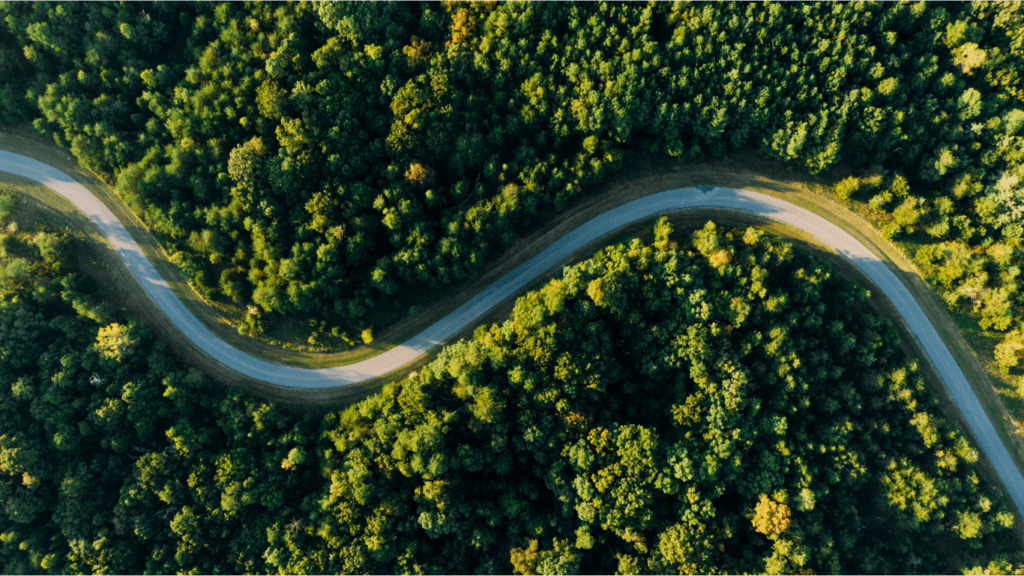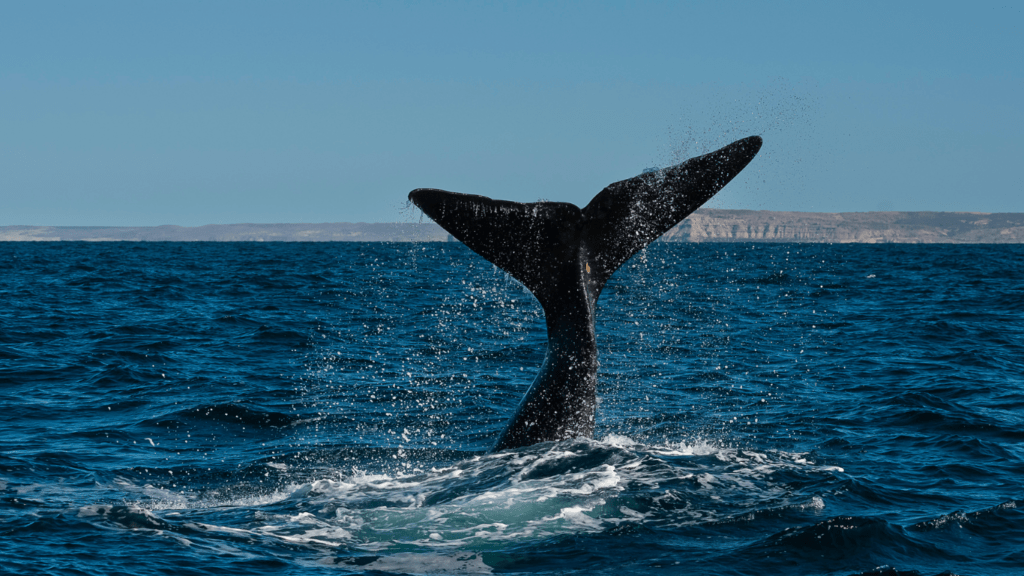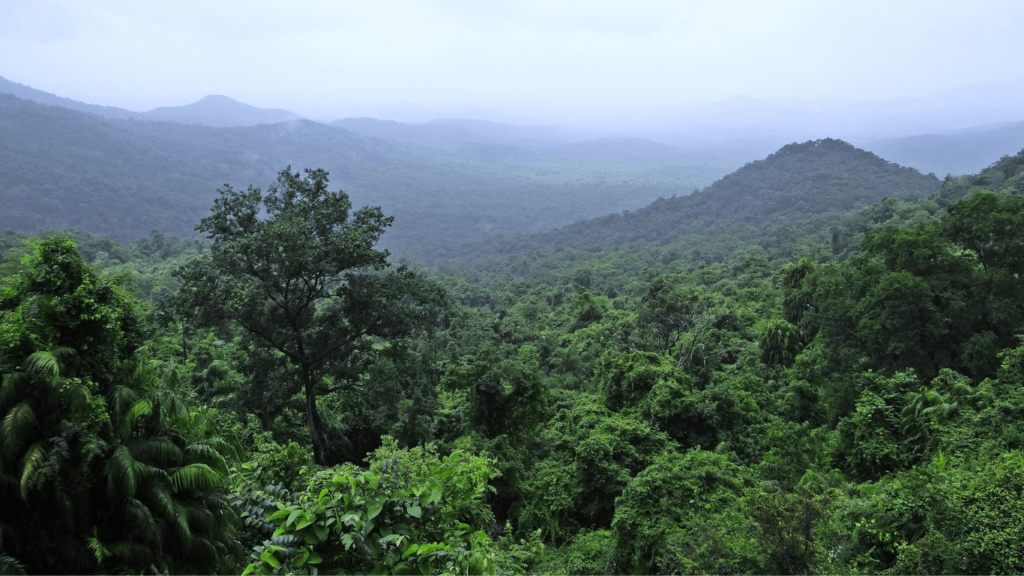Deforestation Rates and Trends
Deforestation remains a significant threat to the Amazon Rainforest. Tracking the latest statistics and understanding the major causes provide insight into this critical issue.
Latest Statistics
In 2022, deforestation in the Amazon increased by 22% compared to the previous year, reaching 13,235 square kilometers. Brazil’s National Institute for Space Research (INPE) reported this was the highest rate in over a decade. Satellite data also showed that deforestation spikes during the dry season, specifically from May to October. For instance, in June alone, 1,062 square kilometers were deforested.
Major Causes
Agriculture expansion stands as the primary driver of deforestation. Farmers clear land for cattle ranching, soybean cultivation, and other crops. As demand for these products rises, so does the rate of forest clearing. Illegal logging exacerbates the problem, often involving the harvesting of valuable timber species, such as:
- mahogany
- cedar
Road construction further facilitates deforestation by providing access to previously remote areas. In addition, mining activities contribute by destroying large swaths of forested land for mineral extraction.
Biodiversity at Risk
The Amazon Rainforest’s biodiversity is under severe threat due to ongoing deforestation and climate change. These pressures put many species and entire ecosystems at unprecedented risk.
Endangered Species

Numerous species in the Amazon face extinction risks. Jaguars, for example, lose their habitat as deforestation progresses. River dolphins also suffer due to polluted and reduced water levels. According to the International Union for Conservation of Nature (IUCN), over 3,000 Amazon species are currently at risk. Plants, such as Brazil nuts and mahogany trees, decline because their environments are increasingly disturbed. Protecting these species requires immediate and coordinated conservation efforts.
Impact on Ecosystems
- Deforestation disrupts the Amazon’s complex ecosystems.
- Entire food chains collapse when top predators like jaguars and anacondas vanish.
- Diverse vegetation, crucial for carbon storage, depletes rapidly.
- Freshwater systems, which host thousands of aquatic species, are altered by sedimentation and contamination.
- Climate regulation, a vital function of the rainforest, weakens as tree cover decreases.
These impacts demonstrate how intertwined species and their habitats are, highlighting the urgent need for sustainable solutions to mitigate further damage.
Climate Change Impacts
Climate change heavily impacts the Amazon Rainforest, affecting its ecological balance and inhabitants. Rising temperatures and altering precipitation patterns exacerbate existing issues.
Carbon Sequestration Role
The Amazon Rainforest plays a crucial role in carbon sequestration. It captures around 2.2 billion tons of CO2 annually, mitigating global warming. If deforestation increases, the forest’s capacity to absorb CO2 decreases, accelerating climate change. This role is vital for maintaining atmospheric balance and reducing greenhouse gases.
Regional Weather Patterns
Shifting weather patterns affect the Amazon’s climate. The forest generates up to 50% of its rainfall through evapotranspiration. Climate change disrupts this cycle, leading to longer dry seasons and intense droughts. These changes stress native plants and animals, altering the region’s delicate ecosystem and decreasing biodiversity.
Conservation Efforts
Significant conservation efforts are underway to protect the Amazon Rainforest. These efforts span from governmental policies to the critical work of non-governmental organizations.
Government Policies
Governments across the Amazonian countries are actively targeting deforestation. Brazil’s government, for example, launched the Action Plan for the Prevention and Control of Deforestation in the Legal Amazon (PPCDAm). This comprehensive plan includes increasing protected areas, improving monitoring systems, and reinforcing law enforcement against illegal deforestation activities. As a result, deforestation rates saw a 70% decline from 2004 to 2012.
Non-Governmental Initiatives
Non-governmental organizations (NGOs) play a pivotal role in Amazon conservation. The World Wide Fund for Nature (WWF) works with local communities to establish sustainable land use practices and protect endangered species. Rainforest Trust also secures and manages thousands of acres of critical habitat. Additionally, initiatives like the Amazon Watch collaborate with indigenous groups to safeguard their territories and preserve traditional knowledge, crucial for the forest’s sustainability.
Community Involvement
Community involvement plays a critical role in the efforts to protect the Amazon Rainforest. Indigenous groups and local residents are at the forefront, actively contributing to conservation and sustainable land use.
Indigenous Groups
Indigenous groups are essential stewards of the Amazon Rainforest. They manage approximately 33% of the forest, according to the World Bank. These communities utilize traditional knowledge to promote biodiversity and protect the ecosystem. Examples include the Kayapo and Yanomami tribes, who maintain intricate systems of agroforestry, fishing, and hunting that support sustainable living.
These groups also resist deforestation and illegal activities. For instance, the Munduruku people have successfully halted several illegal mining operations on their land. They often collaborate with NGOs and international agencies to amplify their conservation efforts. The Surui Forest Carbon Project, started by the Surui tribe, is a prominent example: it combines traditional practices with modern technology to reduce deforestation and generate carbon credits.
Local Residents
Local residents, including farmers and small-scale landowners, play a pivotal role in conservation. They are increasingly adopting sustainable practices to mitigate deforestation. Agroforestry, where crops and trees grow together, is gaining popularity. The pilot project in Pará, involving hundreds of farmers, showcases how integrated land use can enhance soil fertility and reduce the need for clearing additional forest areas.
Local cooperative groups contribute significantly as well. Communities in Acre, Brazil, operate rubber-tapping and Brazil nut harvesting cooperatives, supporting income generation without harming the forest. Education and training programs bolster these efforts. Initiatives from organizations like the Institute of Agricultural and Forest Management and Certification (IMAFLORA) are instrumental, offering technical assistance and certification for sustainable products.
Through community involvement, the Amazon Rainforest sees proactive efforts to address its pressing challenges. Indigenous groups and local residents bring unique perspectives and skills crucial for sustainable and comprehensive conservation strategies.
Technological Innovations
Technological advancements play a crucial role in addressing the challenges faced by the Amazon Rainforest. Innovations help monitor deforestation and promote sustainable practices.
Satellite Monitoring
Satellite technology significantly enhances our ability to track deforestation and illegal activities in the Amazon. Using high-resolution images, organizations like Brazil’s National Institute for Space Research (INPE) can detect changes to forest cover in real-time. In 2022, INPE’s DETER system alerted authorities to deforestation hotspots covering over 8,000 square kilometers. This early warning system helps officials take swift action, reducing the time illegal loggers operate undetected.
Sustainable Practices
Innovative sustainable practices help balance economic needs with environmental conservation. Precision agriculture techniques optimize resource use and reduce waste. For instance, drones equipped with multispectral cameras can assess crop health and guide targeted interventions, minimizing the need for extensive land clearing. Agroforestry projects combine trees with crops, enhancing biodiversity and soil health. In Rondônia, Brazil, farmers participating in agroforestry initiatives saw a 90% increase in crop yields while preserving forest areas. Reforestation efforts use drones to plant trees efficiently over large areas, accelerating the restoration of degraded lands.



 Mindfulness & Nature Wellness Specialist
Eve Macleod is a certified mindfulness and meditation instructor who has spent years cultivating her passion for connecting wellness practices with the natural world. At Whisper Forest Ways, Eve focuses on guiding readers through techniques that harness the power of nature to promote mental, emotional, and physical well-being. Specializing in forest bathing, nature-based meditation, and eco-therapy, Eve helps readers discover how nature can enhance mindfulness practices and deepen relaxation. She believes that the natural world holds untapped potential for personal healing, stress relief, and spiritual growth, and through her articles and tutorials, she invites everyone to embark on a journey toward a more peaceful and centered life.
Mindfulness & Nature Wellness Specialist
Eve Macleod is a certified mindfulness and meditation instructor who has spent years cultivating her passion for connecting wellness practices with the natural world. At Whisper Forest Ways, Eve focuses on guiding readers through techniques that harness the power of nature to promote mental, emotional, and physical well-being. Specializing in forest bathing, nature-based meditation, and eco-therapy, Eve helps readers discover how nature can enhance mindfulness practices and deepen relaxation. She believes that the natural world holds untapped potential for personal healing, stress relief, and spiritual growth, and through her articles and tutorials, she invites everyone to embark on a journey toward a more peaceful and centered life.
